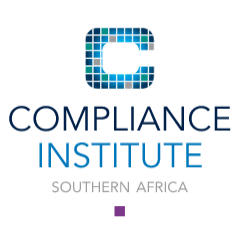Working smart - Managing teams
Publish date: 16 August 2019
Issue Number: 85
Diary: CompliNEWS
Category: Workplace
By Lee Rossini
Research consistently shows that human beings naturally self-organise and like to belong. Why not use these tendencies to your advantage in the work environment? The role of a team plays several functions, it enables a sense of belonging in employees and provides security. Team members share a purpose and collaborate to achieve common goals. Working in a team enables us to achieve far more than if we work individually.
Clients need comprehensive advice throughout their lives and the best way of delivering this is through a team. Today, it is becoming more challenging for a single financial adviser to deliver everything required by a client. Effective teams make use of complementary skills to ensure that the needs of clients are met. Ideally, a team is made up of between 6 and 10 individuals. They work, and hold themselves responsible, individually and collaboratively on various projects.
Some of the benefits of working in teams include:
- A team will grow their business share faster than an individual.
- The team concept can be marketed to clients as a holistic offering.
- The client learns to interact with several employees rather than with just one. If an adviser is on leave, ill or leaves the business altogether, other members of the team will continue to engage with the client.
- Teams enable more effective succession planning to take place. Senior team members can mentor and coach younger members thereby passing on critical knowledge and experience.
- A strong team should be focusing on including new members from different cultural and generational backgrounds. Not only will this add to the depth of the team, diverse teams will also appeal to a wider range of clients.
A strong financial advice team should ideally consist of a senior team leader, client-facing advisers, a financial planning and investment specialist (a person who can do research and finding solutions to challenging issues) and client-service professionals. Effective teams should be given the leeway to manage themselves as they see fit; the team is then supported by compliance professionals, technology experts as well as an administrative and marketing team.
The dynamics of a team are affected by many different factors. These include the characteristics and role of the leader, the length of time the team has been working together for, the amount of conflict between team members and how it is handled, communication and levels of trust within the group. The role of each team member should be identified and the expectations about what to do, how it is done, and the associated responsibilities should be clearly spelt out. Clearly identified roles support team effectiveness as they enable team members to direct their energies and focus on their specific tasks and goals. A team may be set up for the long term or to manage a specific ad hoc project. Most teams develop a set of norms; these consist of informal standards and provide guidance on the expected behavior of team members.
A team should have a shared purpose with mutually agreed-to performance goals. The team should be provided with the resources needed to achieve the goals including reward systems and if necessary, a learning and skills programme. Clear timelines, responsibilities and roles will also ensure the success of the team. If set up and run properly, teams can play an important role in the success of individuals and the business; most importantly, they can better serve the needs of clients.






